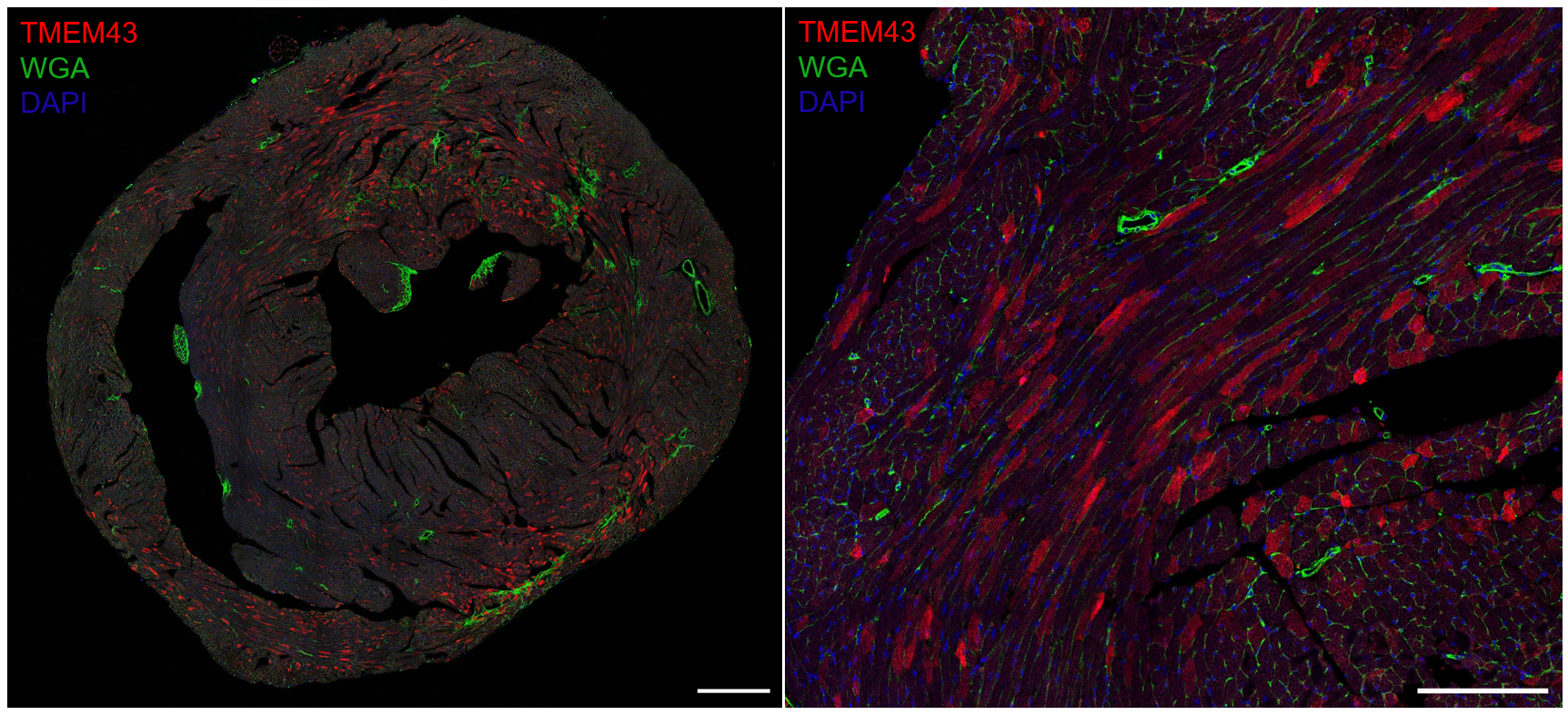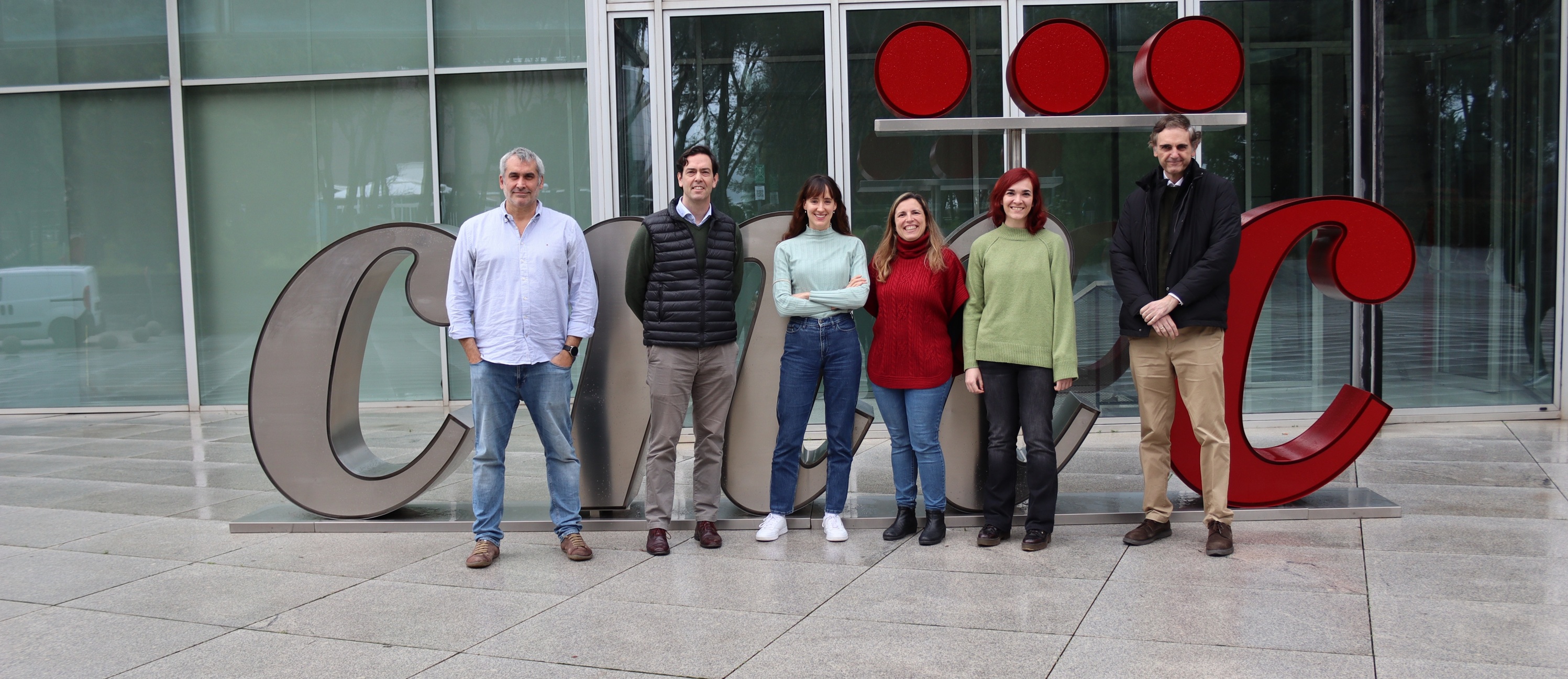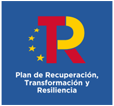Circulation Research: Breakthrough gene therapy offers hope for rare, deadly heart disease in young men
A CNIC team has developed an innovative gene therapy strategy for arrhythmogenic right ventricular cardiomyopathy type 5 (ARVC5), a rare and deadly inherited condition that particularly affects young men
A team at the Centro Nacional de Investigaciones Cardiovasculares (CNIC) has developed an innovative gene-therapy strategy that could transform the treatment of arrhythmogenic right ventricular cardiomyopathy type 5 (ARVC5), a rare and highly penetrant inherited cardiac disorder with an elevated risk of sudden cardiac death. This disease is particularly devastating in young men and lacks a cure, with current treatments focusing on palliative care.
The study, led by Dr. Enrique Lara-Pezzi, head of the Molecular Regulation of Heart Failure group at the CNIC and a member of the Spanish cardiovascular research network (CIBERCV), demonstrates that the introduction of a healthy version of the TMEM43 gene directly into cardiac muscle cells significantly improves heart function and prolongs survival in a mouse model of the disease.
The new method is the result of more than 10 years of collaboration between a clinical team at Hospital Puerta de Hierro Majadahonda led by Dr. Pablo García-Pavía, who also heads the Inherited Cardiomyopathies group at the CNIC, and the basic–translational group led by Dr. Lara-Pezzi. This longstanding partnership has allowed the team to advance the understanding of this disease and offer an effective alternative for its treatment.
After the identification of the first patients in Spain with ARVC5 at Hospital Puerta de Hierro, the two groups worked together to create, in 2019, the first model to replicate the disease in animals. Now, the researchers have taken a step further by developing a treatment for the disease in this experimental model.
ARVC5 is caused by mutations in a gene called TMEM43 that provoke severe arrhythmias and can cause sudden death. The disease is particularly aggressive in young men, reducing their life expectancy to below 42 years. While implantable cardioverter-defibrillators (ICDs) are used to prevent sudden death, there are no available treatments to stem progression of the disease.
In the study, published in Circulation Research, the CNIC team developed a gene therapy using adeno-associated viruses (AAV)—a safe delivery system for human patients—to deliver a functional copy of TMEM43 directly into the cardiac muscle cells of the experimental mice.
The results are promising: the treatment not only improved cardiac contraction and reduced fibrosis, but also significantly prolonged the life of mice with ARVC5-like disease. A single dose of the treatment was enough to prevent the electrical and structural alterations typical of the disease.
First author Dr. Laura Lalaguna explains that, “This advance takes us closer to a possible cure for this devastating disease. By increasing the amount of functional TMEM43 protein in the heart, we were able to counteract the toxic effects of the mutant version of the protein, and this resulted in improved heart function and put a brake on disease progression.”
Treatments for heart failure associated with hereditary cardiomyopathies are often ineffective, and Dr. Lara-Pezzi is keen to underline the potential application of the new strategy in the treatment of other diseases of this type. “AAV gene therapy has enormous potential to offer specific solutions and cures not only for ARVC5, but also for other inherited cardiac disorders.”
The study marks a key advance in the search for more effective treatments for rare diseases and could transform the prognosis of affected patients, alleviating the burden of hereditary cardiac diseases and reducing the need for continuous medical surveillance, to the benefit of both patients and health care systems.
The study was supported by the Pathfinder Cardiogenomics program of the European Innovation Council (project DCM-NEXT; 101115416); grants PID2021-124629OB-I00, TED2021-129774B-C22, and PLEC2022-009235 from the Ministerio de Ciencia e Innovación (MCIN/ AEI/10.13039/501100011033); the NextGenerationEU recovery instrument through the PRTR (Plan de Recuperación, Transformación y Resiliencia de España); and the European Regional Development Fund.











